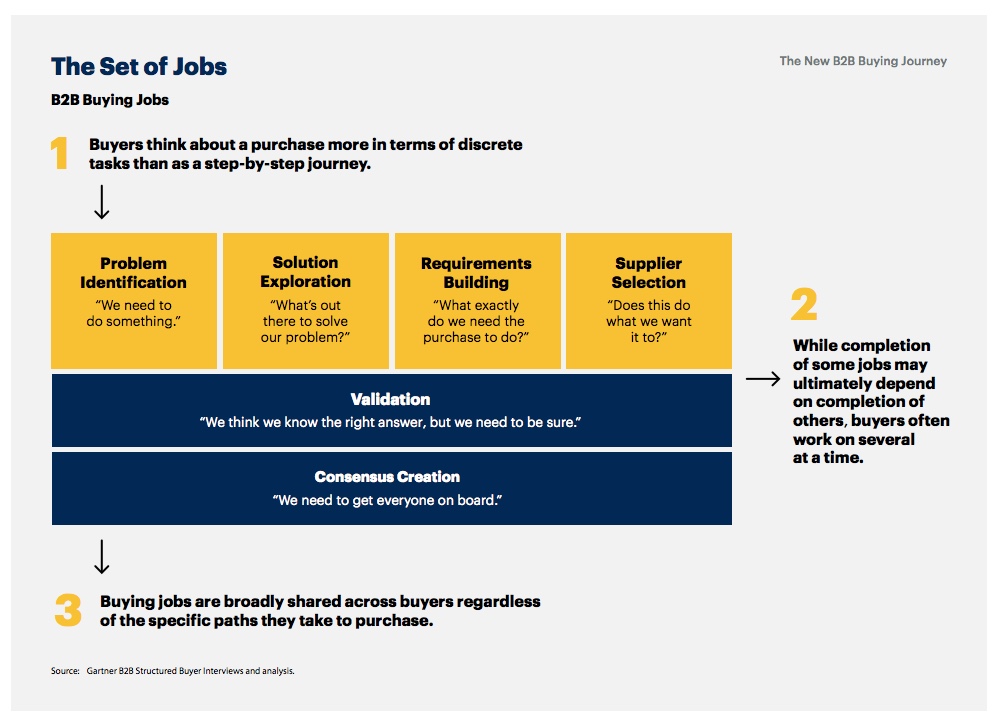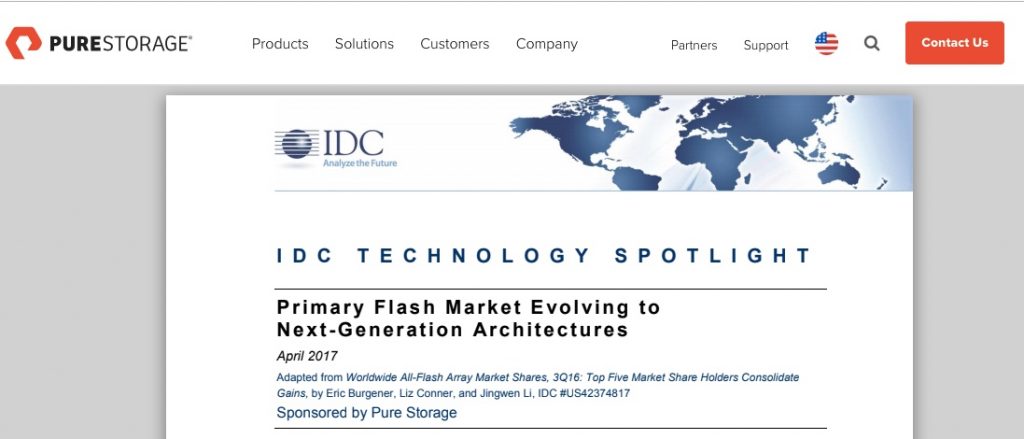When Should You Hire Outside Experts for Your Tech Content?
When Should You Hire Outside Experts for Your Tech Content?
If you’re a B2B technology marketer, you already know that high-quality marketing depends on high-quality content.
But many struggle with one common question: Which parts of our content marketing should we develop internally, and which parts should we engage externally?
For many, a strong marketing group that blends both internal and external resources can help you get things done faster and better.
Here are six factors that can help you decide when to engage external resources for your B2B technology content:
1. The content assets in your B2B buyer’s journey
Understand the B2B buyer’s journey first.
This will help you identify which assets you need to create.
For example, you might start with thought leadership/educational pieces (e.g., a compelling ebook) and end with customer advocacy/repeat purchase assets like video and testimonials).
Once this is mapped out, you can see where it’s better to do something in-house or engage external resources, which I’ll discuss in the next step.
There are many frameworks out there to identify the B2B buyer journey. Here’s a good one from Gartner.

2. Your internal expertise
Determine what expertise your team has and the things they can excel at.
For example, your team might be best equipped to create a product evaluation guide or installation guide that goes into your product specifics.
On the other hand, you might want to leverage outside expertise for some content where you need data on the competitive landscape or market trends.
Take, for instance, this study by Verizon commissioned by an Aventi client.
This type of partnership brings credibility, and the additional research and data that a B2B technology company may not have.
3. Third parties that can give you a brand lift
Know where you’ll get the most bang for your marketing dollars.
At some point, you’ll make the decision of whether to publish content on owned media like your website or elsewhere.
Assess how valuable a third-party brand would be in creating and/or disseminating your content.
For example, your content published on Gartner, IDC, SANS Institute or Wall Street Journal can benefit from an authoritative brand and a large audience.
Check out how one of our clients, Pure Storage, has done this by sponsoring an IDC Spotlight piece.

This can go a long way when trying to build brand awareness in the buyer journey.
4. Your internal capacity
Look at the scope of the content you need and be realistic: what can you reasonably complete in-house in time for your product launch or other major event?
Technology marketers have a lot on their plates and often don’t have the time to create all the necessary content for a campaign, program or launch.
As an example, you may have a product launch in 90 days that requires a large volume of content to support the buyer’s journey.
Add to your team’s capacity by leveraging a content agency that specializes in your technology area. For example, you might commission an ebook such as the one Aventi did for ServiceNow on artificial intelligence applied to customer service.

This can help you deliver more assets than you might have been able to with your already-taxed team.
5. If you have proprietary data
What proprietary information do you have that might be put to work to build thought leadership or educate customers?
Some technology companies aren’t comfortable entrusting this data to a third-party vendor.
In this case, it might be best to develop the content internally where your confidential information will remain so.
For example, Symantec’s Internet Security Threat Report (Symantec is a client) is an example of an internally developed marketing asset using proprietary data that offers original research findings.
6. Your budget
Find out if your budget is limited to your department or team, or if you can tap into other sources of budget for content.
A limited budget may mean you need to rely on your product marketing staff and a few other freelance copywriters, for example.
But, if you can tap into other budgets in the company such as public relations, marketing communications or product management, try it.
I recommend aiming for a mix of 40 percent of the program dollars going to internal development and 60 percent for external vendors (for example, copywriters, content marketing agencies like us at Aventi Group, video production, etc.).
As an example, you might engage external resources for bigger budget video production, like this video from a client of ours, A10 Networks:
At the end of the day, the answer to who should create content assets for your content marketing program is not always black and white.
But if you are able to identify where your strengths lie, and where you can benefit from outside expertise, you’re sure to create a stronger content marketing program with resources you can rely on to get things done.
If you are interested in an evaluation on your current internal vs external content plan, Aventi Group is here to help. Please contact us here.






